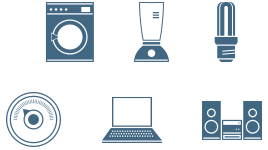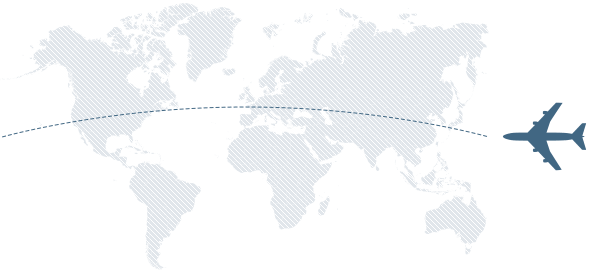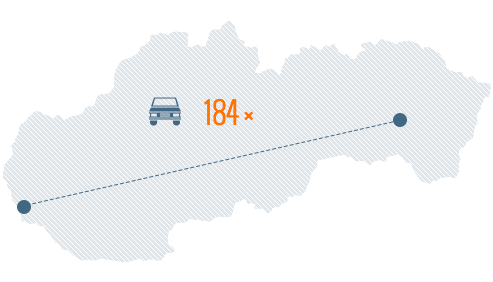LCA study
What makes you choose a particular TV set, mobile phone or chocolate in a store? It could be its functionality, price or appearance which plays an important role for most people. However, if we look at products from the other side and not as buyers, there is a wide range of processes occurring beyond our perception. For example, to produce a TV set, you need to acquire various raw materials which are processed and then the TV set is manufactured. Then it is transported to a store and eventually reaches our home. Once in a household, it uses electricity for several years. As soon as it reaches the end of its lifespan, it becomes waste – waste which should be recycled, reused or landfilled (in any case, landfill should be the last option).
More about LCA

11 224 t
Last year, residents handed over the ASEKOL SK Compliance Scheme almost 11 224 tonnes of electrical and electronic equipment for recycling.
7 323 071 l
Recycling of 11 224 tonnes of electrical and electronic equipment (TV, monitors and small appliances) in 2020 helped to save a total of 7,3 million litres of crude oil.


Such a quantity of oil would be enough for 3 trips around the equator by aircraft.
84 579 MWh
Take-back resulted in electricity savings of 84 579 MWh, which could keep all the households in Topoľčany running for 17 months.


51 945 071 kg CO2
Take-back resulted in a decrease in production of carbon dioxide by 51 945 071 kg, as much as would be produced by driving from Bratislava to Košice 790 000 times.
What is LCA
Life cycle assessment (LCA) is analysis of the entire product’s life cycle from the point of view of its sustainability. Each part of a product’s life cycle, from acquiring materials from the environment, to manufacturing the product, to its use and what happens to the product when it is not used any longer, may have an impact on the environment from several points of view. With LCA we can assess the impacts of every product or service on the environment from the very beginning until the end.
LCA studies the environmental aspects and potential impacts throughout the product’s entire lifespan – “from the cradle to the grave” method – from acquiring raw materials through production, use and disposal. Some general categories of environmental impacts that need to be considered include the use of resources, human health and impacts on the environment.
Life cycle assessment elements
An internationally accepted framework for LCA methodology is defined in the ISO 14040 and 14044 standards. Such standards define the general steps that need to be taken during LCA.
LCA methodology is composed of 4 main stages:
1. Goal and scope definition: Before starting it is important to define what LCA will serve for and which part of the life cycle it will examine. A necessary method will then be selected on the basis of the goals and scope.
2. Inventory analysis: Analysis includes a list of input/output data with regard to the examined system – collection of data necessary to achieve the goals of the defined study and computation procedures. Relevant inputs and outputs of the analysed product’s system are quantified and modelled.
3. Impact assessment: After data has been collected and a model prepared, LCS results may start to be produced. 20 different impact categories may be analysed, e.g. global warming, damaging the ozone layer, acidification, source depletion, eutrophication, etc. The aim of this stage is to assess the importance of potential impacts on the environment.
4. Interpretation: Results are analysed in detail during this stage in order to determine key categories of environmental impact. They may then serve for preparation of recommendations for improvement.